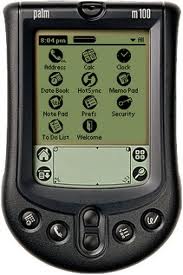Netflix goes Offline
Subscribe! Spotify | RSS | More
August 14, 2008 Fifty-Five Netflix distribution centers go offline due to an “undisclosed error”. While they didn’t let us know what happened, they did say that it only affected the core of mail-based delivery operations. The problem took 3 days to fully resolve, although they were slowly shipping movies by that Wednesday.
Subscribe to Day In Tech History:
RSS Feed - iTunes - Android - Spotify - iHeartRadio
Facebook -
- RSS Bandwidth by Cachefly Get a 14 Day Trial
- Join me on Patreon and support Day in Tech History
- 3DO sells
- 1.1 GHz from AMD
- SCP sells DOS
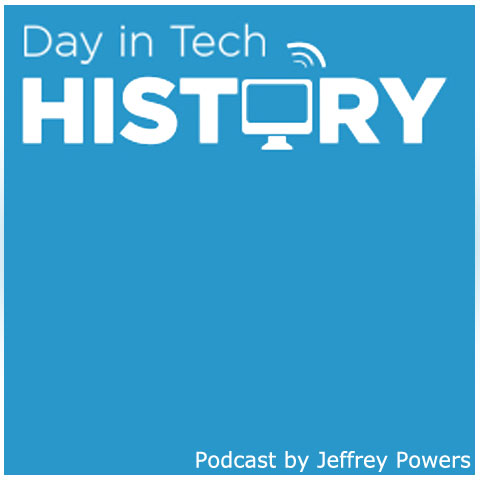




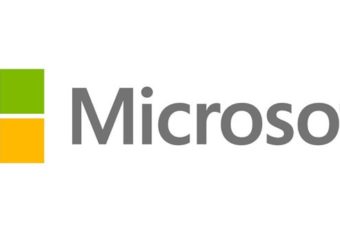

![IBM-PC-XT[1] IBM PC](https://dayintechhistory.com/wp-content/uploads/2013/08/IBM-PC-XT1-340x250.jpg)
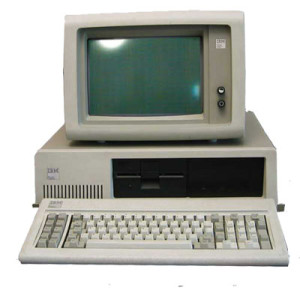
![red-hat[1] Redhat](https://dayintechhistory.com/wp-content/uploads/2013/08/red-hat1-340x250.jpg)
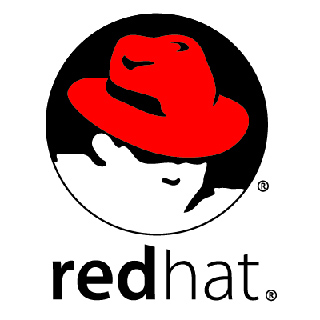

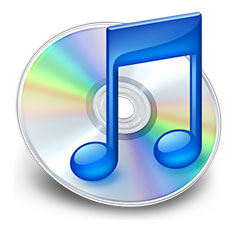
![Athlon[1] AMD Athlon](https://dayintechhistory.com/wp-content/uploads/2013/08/Athlon1-340x250.jpg)
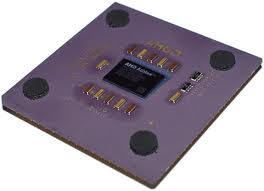
![Rick-iPhone-App[1] $1,000 Ruby iPhone app](https://dayintechhistory.com/wp-content/uploads/2013/08/Rick-iPhone-App1-340x250.jpg)
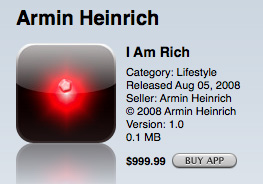
![Palm-m100[1] Palm M-100](https://dayintechhistory.com/wp-content/uploads/2013/08/Palm-m1001-340x250.jpg)
